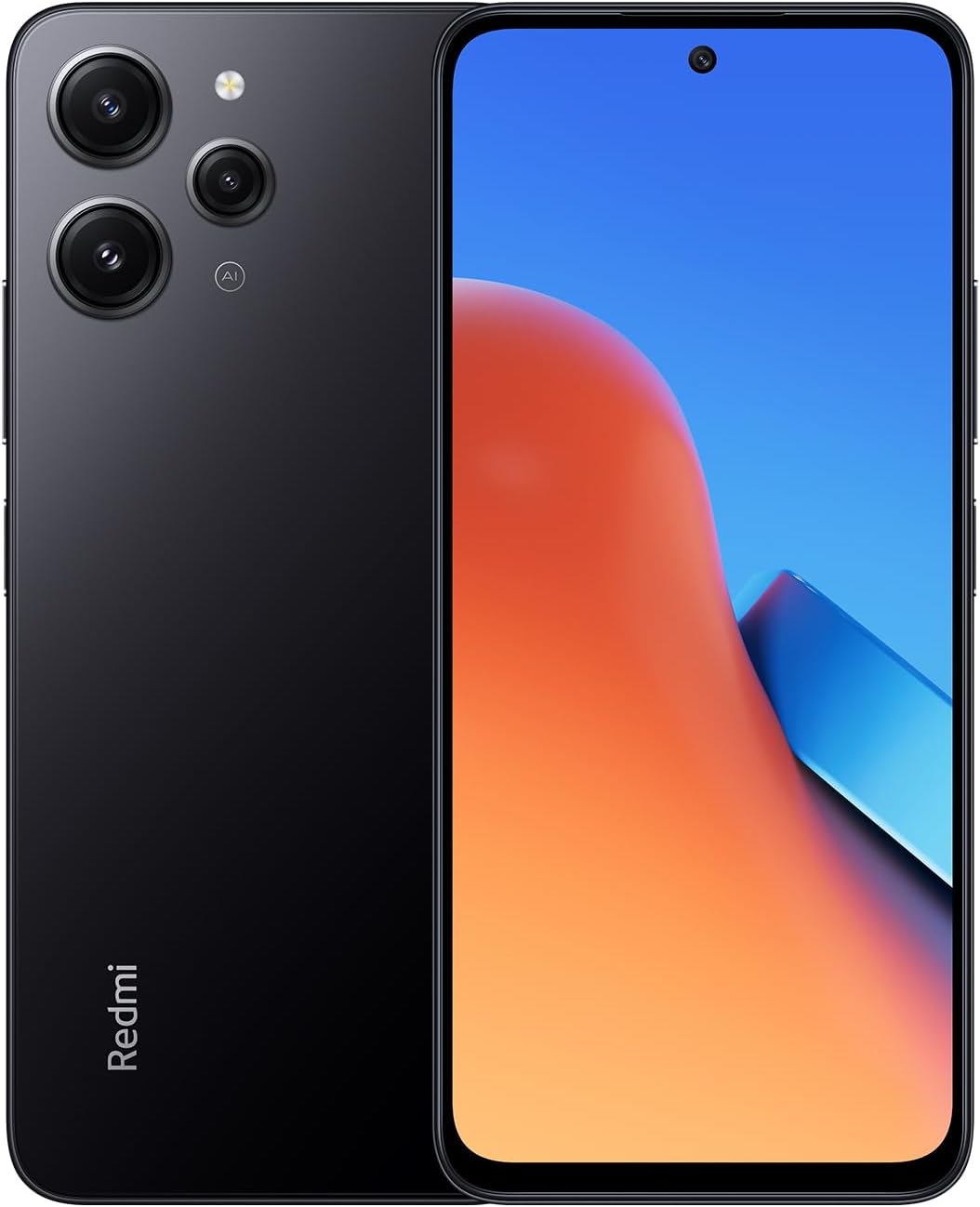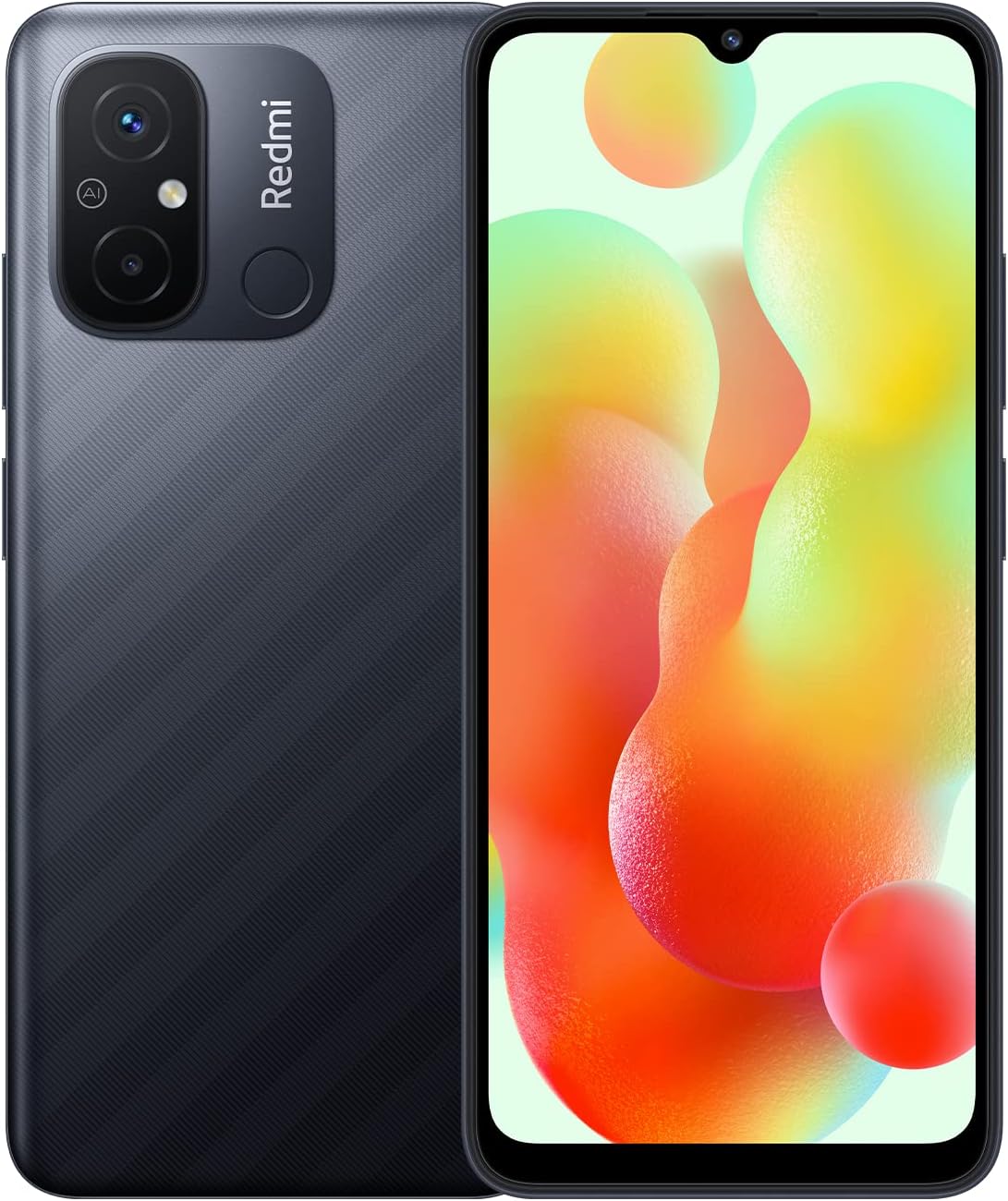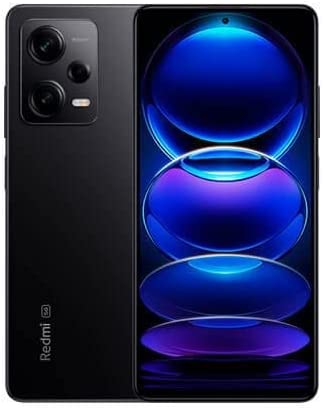|
The most sold! Redmi 12
Screen: 6.79 inches |
The cheapest! Redmi 12C
Screen: 6.71 inches |
The most complete! Redmi Note 12 Pro
Screen: 6.67 inches |
Xiaomi phones are known for being more affordable than smartphones from other brands, but it is important to distinguish between the standard range and the more sophisticated and technological Redmi Note range. And, to find out exactly what the differences and similarities are between them, we compare the characteristics of three smartphones that represent each of the varieties of the range: Xiaomi Redmi 12 vs 12C vs Note 12 Pro.
The Xiaomi Redmi 12 was the first model of the three that the brand launched, and the first of the range. Subsequently, the 12C and Note 12 Pro emerged as two almost opposite alternatives. One of them more concise and with a single rear camera, like the Xiaomi Redmi 12C, and another more complete and advanced, like the Xiaomi Redmi Note 12 Pro, a smartphone that seems to be from a higher range. And it is precisely this versatility that Xiaomi shows is one of the qualities that most convinces us of the brand, but you have to know how to identify the differences.
As we anticipate, one of the great surprises that we have taken is to see how the Xiaomi Redmi 12C only has a rear camera, something that falls a bit short today. The advantage, of course, is its price, which is one of the most competitive in the entire market. Of course, if you bet on the 12C, you make a minimum bet in terms of benefits.
In this article we are going to see, in detail, all the important differences between the three Xiaomi smartphone models. In the end, as we always do, we will show you our conclusion, but most importantly, we will give you the information you need to make your own decision.
Xiaomi Redmi 12 vs 12C vs Note 12 Pro – Comparison Table
The following table summarizes the most important features of the three smartphones in the Xiaomi Redmi 12 range, so you can see what the main differences are:
(Slide the table to see all the content)
Xiaomi Redmi 12
|
Xiaomi Redmi 12C
|
Redmi Note 12 Pro
|
|
| Dimensions | 168,6 x 76,28 x 8,17 mm | 168,76 x 76,41 x 8,77 mm | 162,9 x 76 x 7,9 mm |
| Weight | 198.5 grams | 192 grams | 187 grams |
| Available colours | Midnight Black, Sky Blue and Polar Silver | Graphite Grey, Ocean Blue, Mint Green and Lavender | Polar White, Sky Blue and Midnight Black |
| Screen type | DotDisplay FHD+ | DotDrop | Flow AMOLED |
| Screen size | 6,79″ | 6,71″ | 6,67″ |
| Resolution | 2460 x 1080 pixels | 1650 x 720 pixels | 2400 x 1080 pixels |
| Maximum brightness | 550 nits | 500 nits | 900 nits |
| Processor | MediaTek Helio G88 | MediaTek Helio G85 | MediaTek Dimensity 1080 |
| Storage | 4GB+128GB | 6GB+128GB | 8GB+128GB | 8GB+256GB | 3 GB + 32 GB | 3 GB + 64 GB | 4 GB + 64 GB | 4 GB + 128 GB | 6 GB + 128 GB | 6GB+128GB | 8GB+128GB | 8GB+256GB |
| OS | MIUI 14 based on Android 13 | MIUI 13 based on Android 12 | MIUI 14, based on Android S |
| Rear cameras | Main 50 MP + ultra wide angle 8 MP + macro 2 MP | Main 50 MP + 2 MP | 50 MP wide angle + 8 MP ultra wide angle + 2 MP macro |
| Frontal camera | 8 MP | 5 MP | 16 MP |
| Battery capacity | 5000 mAh | 5000 mAh | 5000 mAh |
| Fast charge | yes, 18 watt | yes, 10 watt | Yes, 67 watts |
| Autonomy | 37 hours calls | 16 hour videos | 34 hours calls | 20 hours videos | 10 hours videos | 7 hours calls |
| Fingerprint sensor | Yes | Yes | Yes |
| Facial recognition | Yes | Yes | Yes |
| Bluetooth connectivity | 5.3 | 5.1 | 5.2 |
| Speakers | 3.5mm headphone jack | 3.5mm headphone jack | Two speakers + 3.5mm headphone jack |
| Sensors | Accelerometer and electronic compass | accelerometer | Proximity sensor | Ambient Light Sensor | Accelerometer | Electronic compass | Infrared emitter | Gyroscope |
| NFC | Yes | Yes | Yes |
A similar aesthetic with some variation
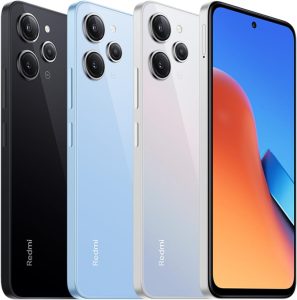
At first glance, the truth is that the three models are quite similar in terms of design. They have flatter edges than previous smartphones, and in all of them we find the typical curved shape of Xiaomi. The location and arrangement of the cameras is the same, and in terms of dimensions, they vary according to the screen size.
This makes the Xiaomi Redmi 12 the largest of the three, since its screen is 6.79 inches. However, the difference with respect to the 6.71 inches of the Redmi 12C and the 6.67 inches of the Redmi Note 12 pro is not that they are very noticeable, really.
We do perceive more of the aesthetic peculiarity that Xiaomi has given to the Redmi 12C, perhaps to compensate for the lack of technological sophistication. The design of this smartphone has a different texture on the back, combining smooth stripes with a slight roughness that gives it a very attractive double tone.
Leap in processor and operating system
If we look at the processor that each smartphone has, we see why the Redmi 12C is the cheapest of the three. It has the MediaTek Helio G85 processor, an older version of the MediaTek G88 that the Xiaomi Redmi 12 has, and totally different from the MediaTek Dimensity 1080 of the Redmi Note 12 Pro.
Let’s start with the differences between the G85 and G88 versions, which are not many, but which influence the Redmi 12’s capacity to be greater. Above all, in the internal storage, which can be up to 256 GB, while the maximum in the Redmi 12C is 128 GB.
For its part, the MediaTek Dimensity 1080 is a more advanced processor, and this makes the operating system also more modern. In fact, the Redmi 12C has the MIUI 13 operating system, based on Android 12. Instead, the Xiaomi Redmi 12 and Redmi Note 12 Pro have MIUI 14, only in the first case it is based on Android 13, and in the second, on Android S.
The cameras, the great obstacle of the Redmi 12C
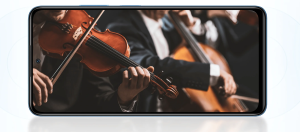
We admit it: today we live in a completely audiovisual world, in which images have a great weight in everything we share on a personal and professional level. For this reason, the variety and resolution of smartphone cameras are one of the most important aspects when deciding which one to choose. And, unconsciously, we take for granted that the smartphones on the market today have several rear cameras. And so it is in most cases, but not on the Xiaomi Redmi 12C.
This smartphone only has two 50 MP and 2 MP rear cameras, which is the same as the main camera of the Redmi 12 and Redmi Note 12 Pro. These two smartphones also have an 8 MP ultra-wide-angle camera and a 2 MP macro camera. The result is that the quality, sharpness and depth of the images is much better than in the Redmi 12C, whose images have good quality, but are flatter. The absence of macro and wide-angle cameras means that we cannot play with the light and depth of objects in the same way.
Regarding the front camera, it should be noted that all three smartphones have, although not with the same resolution. The Xiaomi Redmi 12C has a 5 MP selfie camera, which improves to 8 MP on the Redmi 12, and jumps to 16 MP on the Redmi Note 12 Por. Therefore, as far as photos and videos are concerned, the clear winner is the Redmi Note 12 Pro.
Battery: fast charging is the main change

Now let’s talk about the battery. As you know, the maximum duration of this depends a lot on how long you use the smartphone on a daily basis, how many apps you keep open and how often you charge it. For example, if you are one of the people who charges it for a few minutes, removes it, and charges it again shortly, the battery, in the long run, lasts less time. Therefore, you will be interested to know that all three Xiaomi smartphones have a 5000 mAh capacity battery.
It is in fast charging where we find the clearest difference. The Xiaomi Redmi 12 and Redmi 12C have a fast charge of 18 and 10 watts respectively. However, the Xiaomi Redmi Note 12 Pro has a fast charge of 67 watts, which makes it fully charged in much less time. For example, approximately, we tell you that the Xiaomi Redmi 12 takes 1 hour and a quarter to fully recharge, a time that is reduced to 55 minutes in the Redmi Note 12 Pro. It is 20 minutes less, which is very noticeable.
Xiaomi Redmi 12 vs 12C vs Note 12 Pro: Is the most sophisticated smartphone worth it?
From our point of view, yes. Despite the fact that the Xiaomi Redmi Note 12 Pro is the most complete of these three (and therefore the most expensive), we must give a more general context. And, the truth is that it is a smartphone with a fairly affordable price compared to others with similar benefits. The performance difference from the processor change is well worth it, even if you’re not looking for a super innovative smartphone. In this sense, we have to be honest and say that the processor of the Xiaomi Redmi 12 and 12C has become quite obsolete in recent years.
Of course, both are excellent options if you prioritize the price. The difference between the two lies in whether you prefer to opt for a smartphone with a triple rear camera or a single camera. If you doubt between the Xiaomi Redmi 12 and 12C, our balance would lean more towards 12, because the relationship between performance and price is more interesting. It has a slightly faster charge, and the autonomy is used somewhat better, in addition to having two more cameras that greatly improve the result of your videos and photos. In addition, it is the one with the largest screen.
But, as you can see, the summary of this comparison is that Xiaomi is one of the brands that designs the most versatile ranges of smartphones. In the same range we find a super basic phone at an almost bargain price, another simple one but somewhat more competitive with the rest of the models on the market, and another more complete one that, for us, is the winner. Now, as we always tell you, it all depends on your search priorities and preferences.

